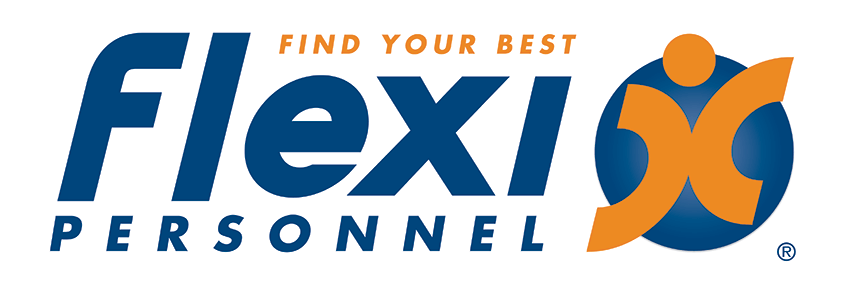
How To Pivot Your Career Midway
Many Australians are reconsidering their career paths, especially those who are well into their professional journey. Whether driven by a desire for work-life balance, the need for greater job satisfaction, or maybe just seeking something new; making a mid-career change is increasingly common. Here’s how to get started on making a successful transition without sacrificing stability.
According to SBS, career shifts are more accepted than ever, with more people recognising that life is too short to stay in a job that doesn’t bring satisfaction. This shift in mindset is driven by several factors, including advancements in technology, evolving job roles, and an increased focus on purpose and work-life balance.
Many people find that a mid-career shift can be the key to greater sense of fulfillment. Here’s our recommendation on making the shift:
Research and Planning
Before taking the plunge, it’s essential to assess your current situation. According to Open Universities Australia, self-assessment is vital: “Knowing your skills, interests, and financial expectations can make or break a successful transition.”
Here’s what to consider:
- Financial Stability
If you’re planning a career change, it’s probable that you might not be earning as much as you currently do – or you might need to take on a course of study. Whatever the case, do you have a financial cushion?
- Transferable Skills
This is a fantastic place to start. Consider both soft skills and hard skills and list them out. Examples of soft skills might be leadership, communication, adaptability, time management, conflict management. Hard skills include those niche skills required for certain roles like coding, data analysis, project management and marketing.
- Training and Education:
Research to understand if there are any skills or certifications you will need, that you don’t currently have. There are many free courses you can take online to upskill in certain areas (like Coursera and Skillshare)
Six Steps to help you make the move
1. Get a read on your strengths and passions
Take stock of what you truly enjoy and what you’re good at. This is the foundation for identifying a new career that suits your interests and your strengths.
2. Research Potential Industries:
Spend time researching industries and roles. Speak to professionals in the field to get an inside view. SEEK’s Guide to Career Change emphasises the value of networking: “Building connections in your desired field can ease the transition by offering a firsthand perspective of the industry.”
3. Network and Seek Support: Networking can open doors and lead to valuable advice and insights. Attend events, join online communities, and don’t hesitate to reach out on LinkedIn.
4. Find a Mentor: A mentor can be hugely valuable. Gen Future highlights that mentors provide a “cheat code” for navigating uncharted career territories, offering wisdom, and support along the way.
5. Update Your Resume and LinkedIn Profile: Tailor your resume to showcase transferrable skills and relevant achievements. Make sure your LinkedIn profile aligns with your new goals.
6. Take It Step by Step: You don’t have to quit your current job immediately. Consider part-time courses or freelance work in your target field before making a full commitment.





